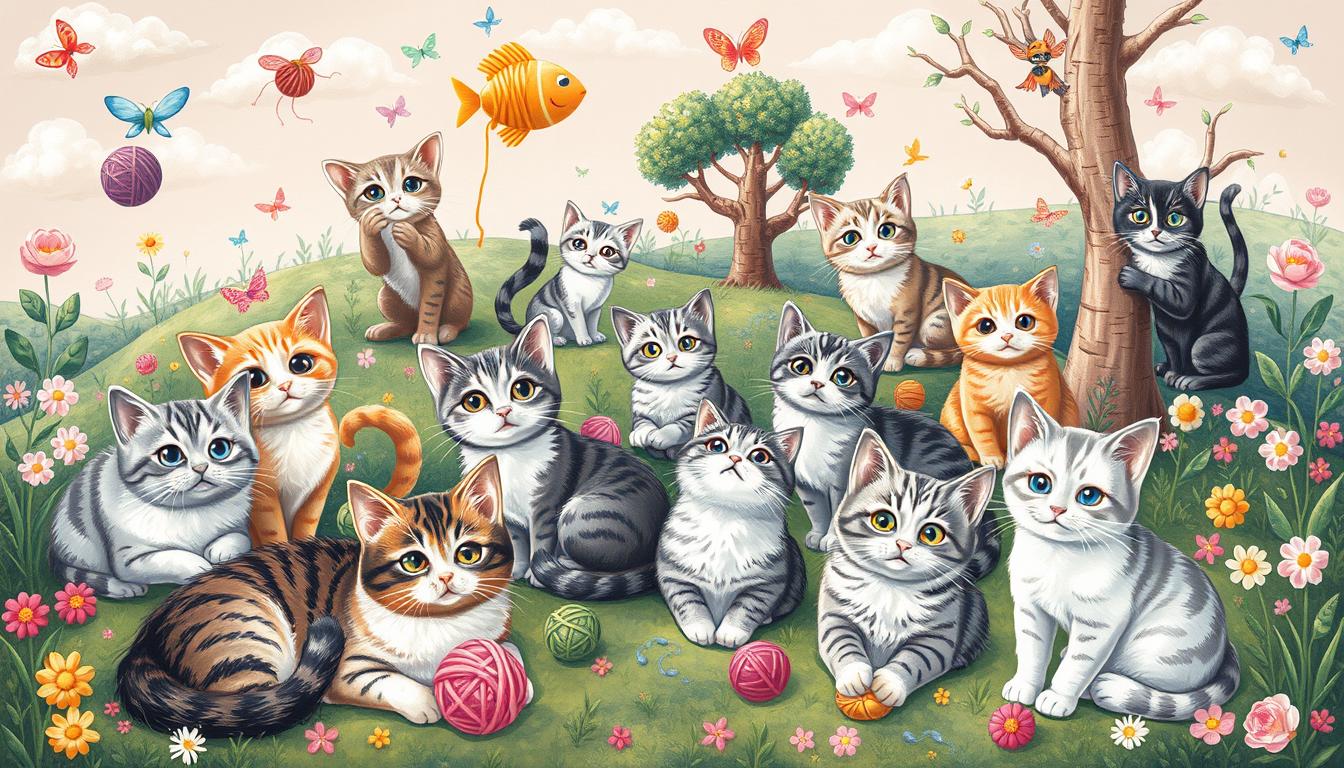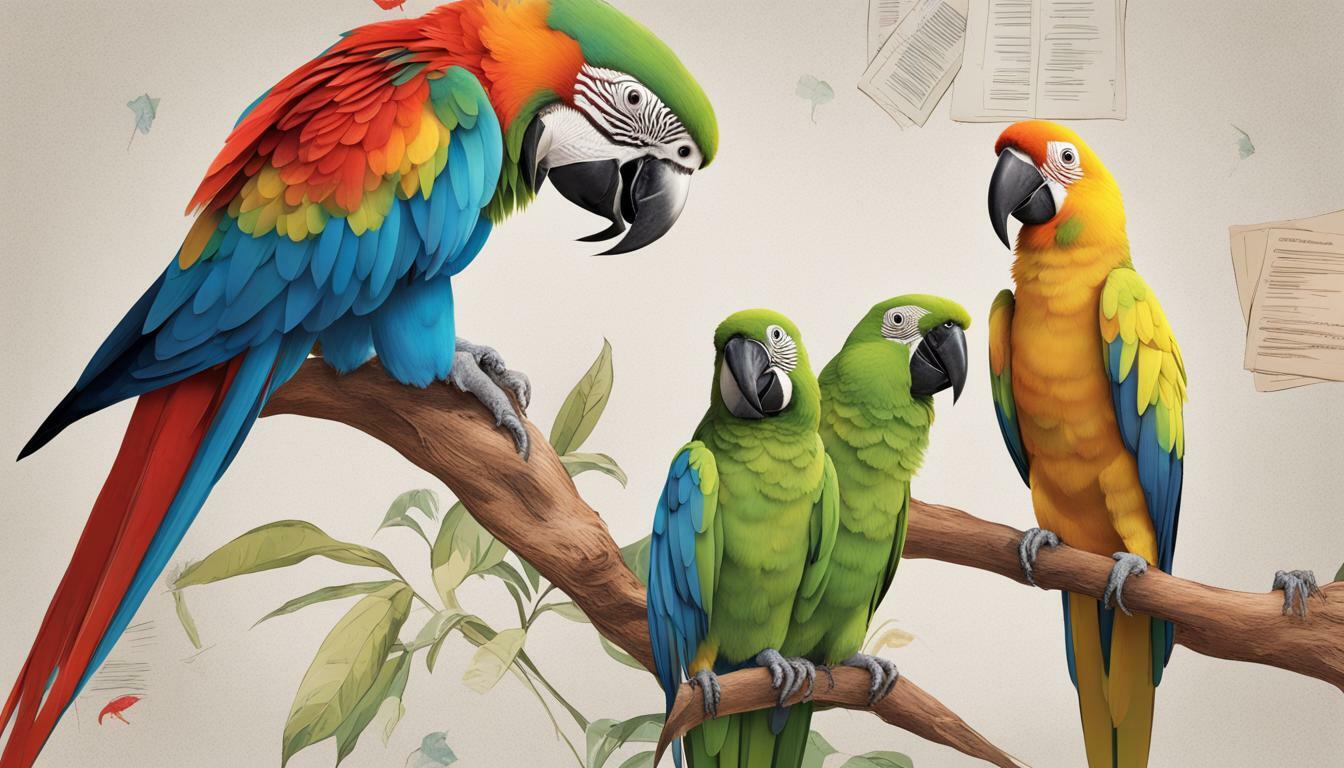Fascinating Interesting Facts About Swans You Should Know

Table of content:
Swans are amazing birds that have always fascinated people. They are big, with some swans growing up to 59 inches long and weighing up to 33 pounds. There are six kinds of swans, like whooper and mute swans, all part of the Anatidae family.
Swans are special because they mate for life. They do fancy dances to show their love. This makes them symbols of love and loyalty. They can even live up to 24 years in the wild.
Exploring swans reveals many interesting facts. They help keep water ecosystems healthy. They also have a big role in our culture. Swans are truly beautiful and inspiring.
Interesting Facts About Swans
Swans are elegant, majestic birds. They move gracefully and have interesting behaviors. Did you know they have unique characteristics? Let’s explore some fun facts about swans.
Swans have special names based on their age and gender. Baby swans are called swanlings or cygnets. Male swans are cobs and females are pens. A group of swans is called a wedge in flight, a bevvy on water, and a bank at the water’s edge.
Swans are very territorial, especially when they mate. They lay about five eggs at a time. The eggs incubate for up to 45 days. The male swans guard the eggs while the females incubate them.
Swans can live over 20 years in the wild. This makes them one of the longest-lived waterfowl. The trumpeter swan is the largest native waterfowl in North America. It can have a wingspan up to 10 feet.
Swans help keep aquatic ecosystems healthy. They spread seeds and eggs through their feces. They also stir up nutrients while swimming.
Swan Species
North America has three native swan species. These are the trumpeter swan, the mute swan, and the tundra swan. They are amazing birds that capture our hearts with their grace and interesting facts.
The trumpeter swan is the biggest native waterfowl in North America. It can fly with wings up to 10 feet wide. Once, there were only a few hundred of them left. But thanks to people working to save them, there are now thousands.
Mute swans have orange bills and black knobs. They were brought from Europe in the late 1800s and early 1900s. Now, they live in many places in North America. They eat a lot, up to 8 pounds of food every day.
The black swan is from Australia. It was once thought to be just a myth in Europe. But in the 1800s, people found out it was real. The black-necked swan in South America has a white body and a red bill.
Some swans can live up to 50 years in captivity. They grow up in their third or fourth year. Mute swans often stay with the same mate forever.
These swan species are truly special. Each one has its own story and beauty. They inspire us with their grace and strength.
Swan Behavior
Swans are fascinating creatures. They have captivating behavior and intricate social dynamics. These majestic birds show interesting behaviors that give us insights into their lives.
Swans are very aggressive and territorial, especially during breeding season. Male swans protect their nests and babies. They hiss, flap their wings, and swim at intruders to keep them away. This keeps their young safe and their territory secure.
Swans are social most of the year but isolate with mates during breeding. This time lets them focus on building nests, laying eggs, and raising their babies. They use different sounds to talk to each other, like the trumpeter swan’s loud honks.
Swans form strong pair bonds, with some pairs staying together forever. This shows how complex their social structures are. It also highlights the importance of family in their lives. Swans adapt and behave in ways that amaze and inspire us.
Swans show off their interesting facts about swans and swan fun facts through their behavior. By understanding these birds, we can appreciate the natural world’s diversity and complexity.
Swan Habitats
Swans live in many places around the world. They like calm lakes, peaceful ponds, slow rivers, and wetlands by the sea. These birds are good at living in different water places.
The Tundra Swan lives in the Arctic and moves south when it gets cold. The Trumpeter Swan is big and lives in the Midwest, Great Lakes, and Northern Rockies. It has moved into new areas lately.
The Mute Swan is not native here but has come to North America. It eats plants and sometimes eats waste. The Tundra Swan also eats waste when it can’t find real food.
Swans help keep water places healthy. They show us how well the environment is doing. They help make sure there is a good mix of life in their homes.
Swans live in many places, like the Midwest’s lakes and the Northeast’s wetlands. They are amazing because of their beauty, strength, and ability to adapt.
Swan Migration Patterns
Swans are fascinating birds with amazing migration patterns. They travel long distances to find their winter homes. This journey is truly captivating.
The Tundra swan migration is well-known. These birds fly from the Arctic to their winter spots. They go in huge groups, showing off their flying skills.
The Trumpeter swan also makes long trips. They fly from Alaska and Canada to the Pacific Northwest. This is a big journey for them.
Mute swans are different. They don’t migrate as far. They stay in cities all year round.
When swans migrate varies. Some start in October, others in January or February. The Tundra swans follow special paths. This lets birdwatchers see their beautiful flying.
Watching Trumpeter swans and Tundra swans is amazing. It shows the beauty of nature and how swans can travel so far. It’s a treat for anyone who loves nature and wildlife.
Swan Life Cycle
Swans have a fascinating life cycle. They find a mate between 2-4 years old. They stay with their partner for life, unless they lose their mate or can’t breed.
Swans lay about five eggs. Both parents incubate them for up to 45 days. The male swan guards the nest and cygnets (baby swans). The young swans stay with their parents for a year before they go on their own.
Swans can live up to 24 years in the wild. Some live even longer. It takes a year for a cygnet to grow into an adult swan.
Watching swans is amazing. They build nests, protect their young, and glide on lakes. The swan life cycle is full of wonder. These interesting facts about swans and their swan behavior show how they’ve thrived for centuries.
Swan Symbolism and Mythology
Swans are loved in many myths and cultures. In Greek stories, Zeus turned into a swan to meet Leda. This led to Helen of Troy’s birth. The star group Cygnus, or the Northern Cross, is a swan from Orpheus’s tale.
In Western cultures, swans mean love, purity, and grace. Norse myths say swans drank from a special well in Asgard. This gave them their white feathers. The Aboriginal Noongar people of Western Australia have a myth about their black swans.
Swan maidens, who can change from swan to human, are found in many stories. They show the swan’s role in connecting the natural and magical worlds.
Swans carry many meanings like femininity, strength, parenthood, fidelity, death, romance, and transformation. Their beauty and calm have amazed people for ages. They are key figures in our myths.
Conclusion
Swans are amazing creatures that capture our hearts. They are big, graceful, and have interesting behaviors. Learning about swans helps us love nature more.
Swans live all over the world. Each one is special in its own way. They can fly long distances, dive deep, and live in water or by the sea.
Swans mean a lot to people in different cultures. They symbolize beauty and grace. This makes them even more special to us.
We need to help protect swans and their homes. We can do this by spreading the word, being kind to nature, and working with groups that save animals. This way, swans will keep amazing us for years to come.
Welcome. I’m Adreena Shanum, the proud owner of this website, and I am incredibly passionate about animals, especially poultry. I founded adreenapets.com as a labor of love, stemming from my desire to share my knowledge and experiences with poultry enthusiasts worldwide.




